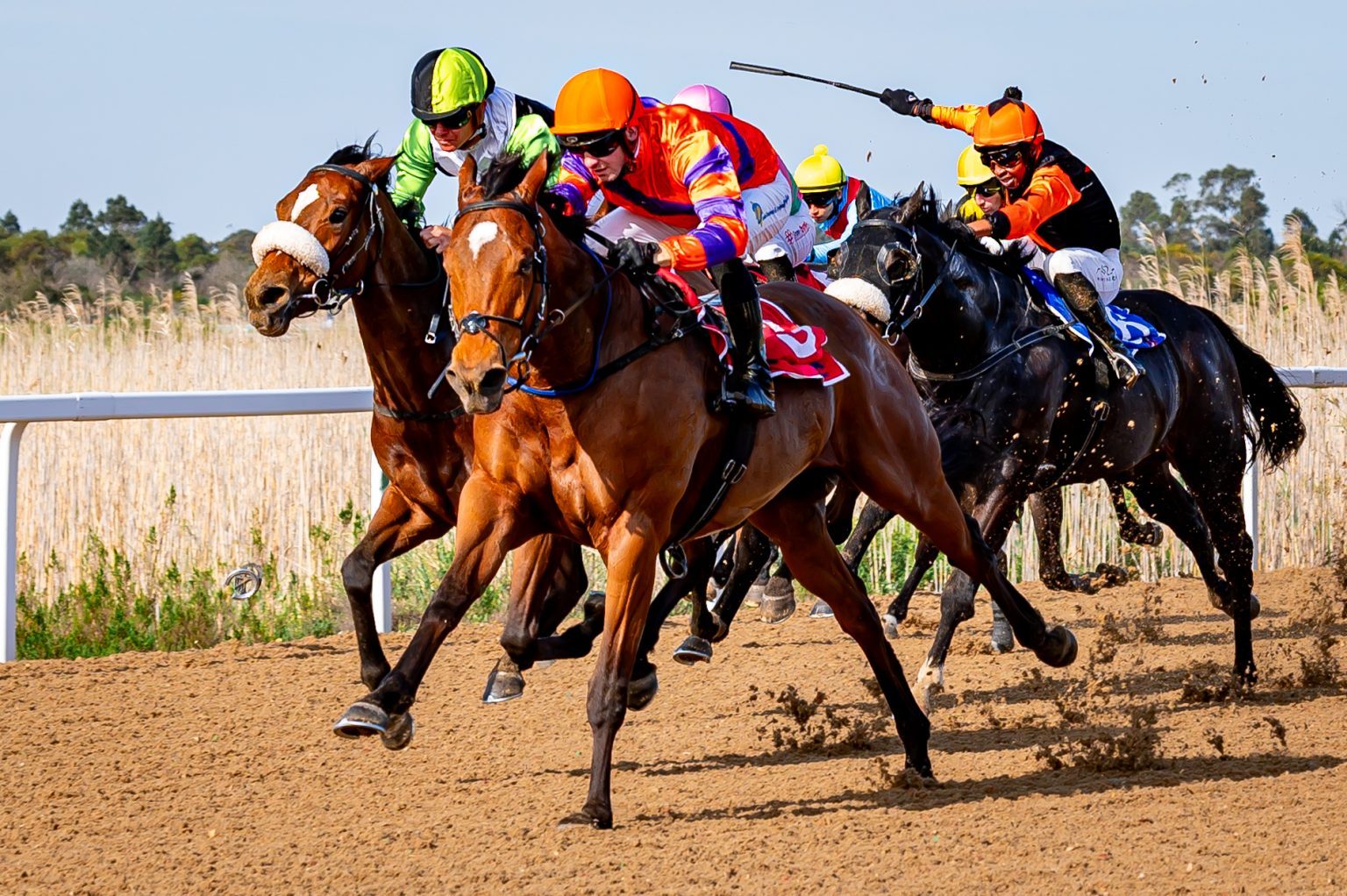Glen Kotzen’s Woodhill Racing Team celebrated an historic victory on Friday, 18 October, when the Ridgemont-bred Dynasty gelding King Regent became the first holder of the Nelson Mandela Bay Poly Challenge triple crown as he drew away late in the race to win the R175 000 Poly Challenge 1600.
Now a winner of R1 543 563 (including Friday’s R250 000 win bonus) with 7 wins and 7 places from his 17 starts, King Regent is raced by longstanding former UK and now Cape residents Martin Wickens and Gisela Burg.
Bred by Ridgemont, the winner is a son of the farm’s late iconic sire Dynasty (Fort Wood) out of the three-time winning Mogok mare, Cup Of Rubies.
Malan du Toit has worked with King Regent for most of his career, and he reported that Glen contacted him early in King Regent’s career. The moment he entered the starting gates, King Regent got on his hind legs, and he lost his starting stall certificate.
Malan recalled: “He had a lot of potential from the start, and he is actually a very nice, kind, horse. But his starting stall issues became problematic. The moment he would be loaded in the stalls he would rear. When a horse rears in the starting stalls it can be caused by what is known as associated flight behaviour. When the flight response of a horse is triggered, the expression of flight might not necessarily be in a forward direction (what happens when it jumps out of the starting stalls).
“The expression of flight might also be in an upward direction. This is a very unfortunate thing to happen to a race horse as it has not learned to wait for the starting gates to open but flight is expressed while the horse is still in the stalls. This type of behaviour is also very difficult to solve as it is part of a horse’s innate natural behaviour when, in its natural environment, it tries to get away from a predator (counter-predator behaviour).”
The rearing problem had to be solved otherwise King Regent’s promising racing career would be over. Malan began with basic groundwork. Groundwork refers to a series of exercises and training techniques performed on the ground, using the basic principles of operant conditioning, to establish a connection with the horse and to develop essential skills which will be needed when introducing horses again to the starting stalls.
The process was started at Kotzen’s Woodhill Estate. King Regent had to undergo a complete retraining process with the purpose of getting him to relax and settle down. This took many sessions and a lot of work. Eventually he was very good (standing still in the stalls and not rearing at all) and it was time to race again.
Malan told: “With his first race he again reared and it was time to employ new strategies to solve this problem. We learned that it was actually being on the race course itself that was triggering his flight response. We started using the hood. The hood, when being used in the correct way, can be a valuable tool in helping horses with this kind of behavioral issue.
“This really worked well and things started improving. With King Regent, it has been vital not to take the hood off too soon. The timing is crucial. When it is taken off, he knows he has to jump and if it is done to soon, he will rear up again.
“I am thankful, and very glad that he is performing so well. King Regent is not an example of a traditionally difficult, troublesome horse. He is actually very sweet, and would one day be good riding horse even for children. His success has been one of my career highlights.”

